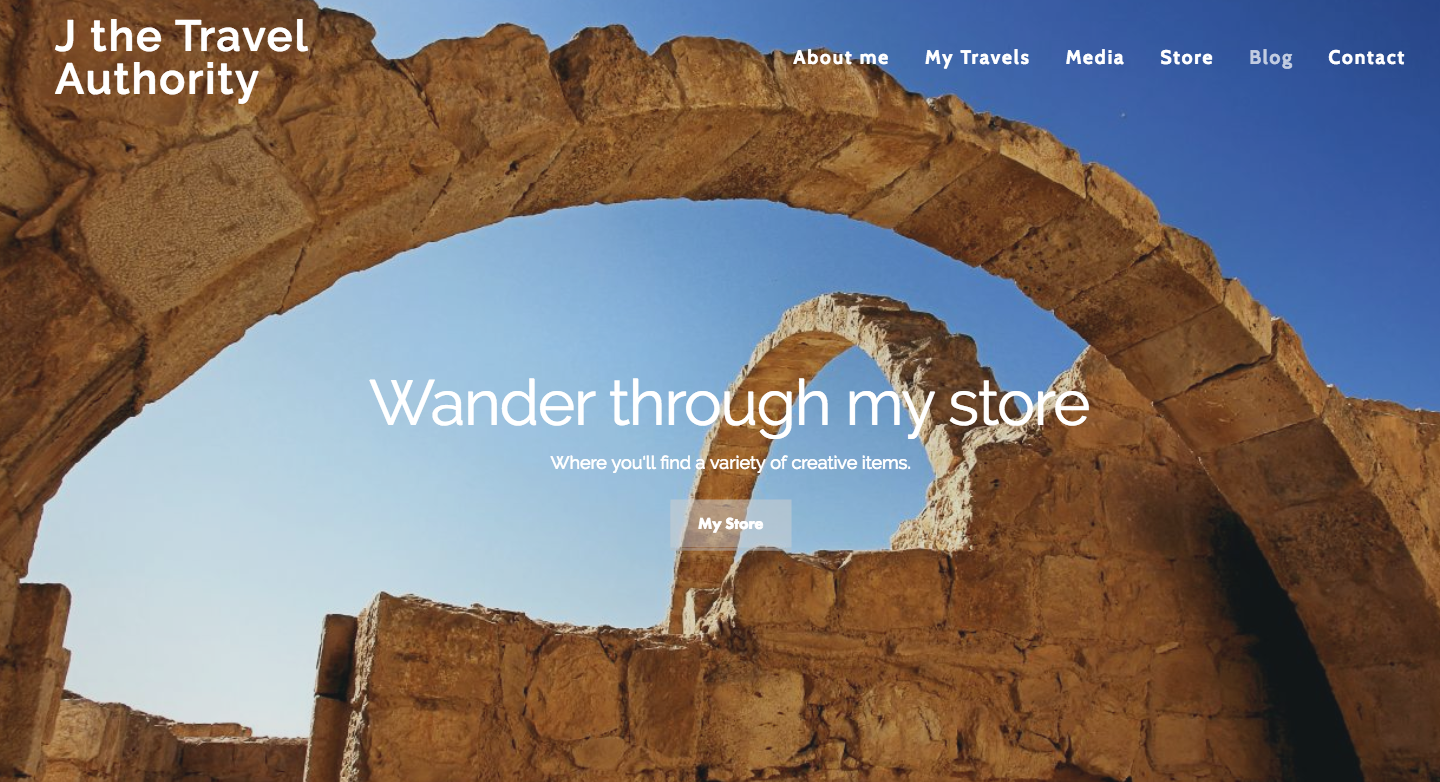It's hard not to immediately fall in love with Rio de Janeiro. Of course, like with all kinds of love, it's always unexpected and maybe defies expectations. And that's what happened with my love affair with Rio. When I told all my savvy friends that I was going to this city that's said to epitomize wildness, all I heard was about the dangers that lurked around every corner. "Don't go out alone." "Don't wear any jewelry." "Don't go out at night." These were my farewell warnings from my friends in New York City.
Of course, the news coming out of Rio -- about armed police clearing out drug dealers from a favela (known as a community but what many would call a slum) -- the week I left on my trip didn't help with my expectations of crime. Instead, what I found was a wonderfully artistic, design-focused city, full of warm and welcoming people who went out of their way to be helpful. The neighborhoods of Leblon and Santa Teresa were perfect for walking about and discovering authentic galleries, cafes, restaurants, museums and shops.
Surprisingly, for a city that's noted for it's crowded communities and wall-to-wall chaotic traffic, the city is networked with bicycle lanes and dotted with clusters of lush parks cut by challenging hiking trails, and meticulously landscaped gardens.
Usually when you hear about a city's signature features, they often disappoint when seen up close. They just can't live up to the high expectations. In the case of Rio, Ipanema Beach's wide swath of golden sand, the immense granite Sugarloaf Mountain and the much-revered Christ the Redeemer statue that soars atop Corcovado Mountain are all breathtaking in different ways. And, though I'm not a fan of visiting major tourist attractions, these were all worth viewing because of surprising findings:
* On Morro da Urca, the hill adjacent to Sugarloaf, I hiked through a jungle and discovered families of monkeys.
* Every Sunday, the major road that parallels Ibanema and Copacabana beaches shuts down so that people can walk, bike or blade.
* The 125-foot-high Jesus statue is snuggled at its base by dense forest land that's oh, so hikable and dripping with exotic and native species.
This slide show will give you a glimpse of Rio's beauty and creativity, its ability to stay close to nature even when you're in the midst of all things concrete, and the sense of being alive that pervades all aspects of a city that you can't help but fall in love with.
continue reading "What I Love About Rio de Janeiro"
Of course, the news coming out of Rio -- about armed police clearing out drug dealers from a favela (known as a community but what many would call a slum) -- the week I left on my trip didn't help with my expectations of crime. Instead, what I found was a wonderfully artistic, design-focused city, full of warm and welcoming people who went out of their way to be helpful. The neighborhoods of Leblon and Santa Teresa were perfect for walking about and discovering authentic galleries, cafes, restaurants, museums and shops.
Surprisingly, for a city that's noted for it's crowded communities and wall-to-wall chaotic traffic, the city is networked with bicycle lanes and dotted with clusters of lush parks cut by challenging hiking trails, and meticulously landscaped gardens.
Usually when you hear about a city's signature features, they often disappoint when seen up close. They just can't live up to the high expectations. In the case of Rio, Ipanema Beach's wide swath of golden sand, the immense granite Sugarloaf Mountain and the much-revered Christ the Redeemer statue that soars atop Corcovado Mountain are all breathtaking in different ways. And, though I'm not a fan of visiting major tourist attractions, these were all worth viewing because of surprising findings:
* On Morro da Urca, the hill adjacent to Sugarloaf, I hiked through a jungle and discovered families of monkeys.
* Every Sunday, the major road that parallels Ibanema and Copacabana beaches shuts down so that people can walk, bike or blade.
* The 125-foot-high Jesus statue is snuggled at its base by dense forest land that's oh, so hikable and dripping with exotic and native species.
This slide show will give you a glimpse of Rio's beauty and creativity, its ability to stay close to nature even when you're in the midst of all things concrete, and the sense of being alive that pervades all aspects of a city that you can't help but fall in love with.










































